Home>Furniture & Design>Interior Design Trends>How To Fix Glass Pipe With Torch
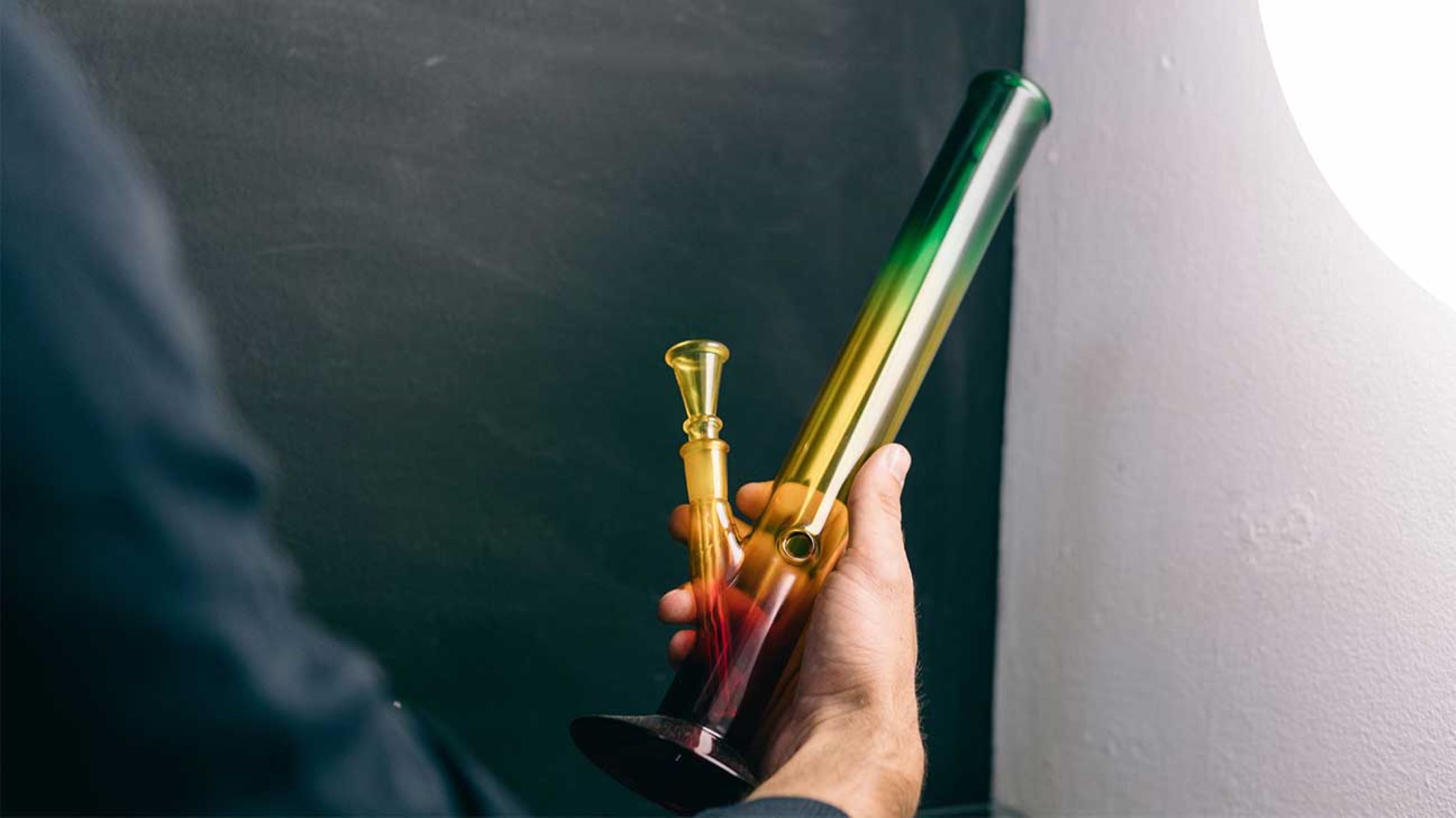

Interior Design Trends
How To Fix Glass Pipe With Torch
Published: February 6, 2024
Learn how to fix a glass pipe with a torch and stay updated on the latest interior design trends. Discover expert tips and tricks for repairing glass pipes and enhancing your home decor.
(Many of the links in this article redirect to a specific reviewed product. Your purchase of these products through affiliate links helps to generate commission for Storables.com, at no extra cost. Learn more)
Introduction
Repairing a broken glass pipe can be a daunting task, but with the right materials and technique, it's possible to restore it to its former glory. Whether your glass pipe has a small crack or a more significant break, using a torch to fix it can be an effective solution. This method involves carefully heating the glass to mend the damage, resulting in a seamless repair that allows you to continue enjoying your favorite smoking experience.
By following the step-by-step process outlined in this guide, you can learn how to fix a glass pipe with a torch, saving you the expense of purchasing a new one. With a few essential materials and a steady hand, you can tackle this DIY project and breathe new life into your beloved glass pipe. So, gather your supplies and let's dive into the process of repairing your glass pipe with a torch.
Key Takeaways:
- Repairing a broken glass pipe with a torch is a DIY project that can save money and bring back the joy of using your favorite smoking accessory. With the right materials and careful steps, you can restore your glass pipe to its former glory.
- Safety precautions, meticulous cleaning, precise adhesive application, controlled torch heating, and patient cooling are essential for successfully repairing a glass pipe. By following these steps, you can achieve a seamless and visually appealing restoration of your beloved smoking companion.
Read more: How To Heat Glass Without A Torch
Materials Needed
Before embarking on the glass pipe repair process, it's crucial to gather the necessary materials to ensure a smooth and successful repair. Here's a comprehensive list of the items you'll need:
-
Broken Glass Pipe: The damaged glass pipe that requires repair is, of course, the focal point of this project. Ensure that the broken pieces are clean and free from any debris to facilitate a seamless repair process.
-
Glass Adhesive: Select a high-quality, heat-resistant glass adhesive specifically designed for repairing glassware. This adhesive should be capable of withstanding high temperatures to ensure the durability of the repair.
-
Butane Torch: A butane torch is an essential tool for heating the glass during the repair process. Opt for a reliable torch that provides a consistent and controlled flame, allowing you to apply the necessary heat to the damaged area.
-
Protective Gloves: Working with a butane torch involves exposure to heat, making it essential to wear protective gloves to shield your hands from potential burns. Choose heat-resistant gloves that offer dexterity and protection.
-
Safety Goggles: Protecting your eyes is paramount when using a torch. Invest in a pair of safety goggles to shield your eyes from potential sparks or debris during the repair process.
-
Heat-Resistant Surface: To provide a safe and stable work area, use a heat-resistant surface such as a ceramic tile or a metal sheet. This will protect your work surface from heat damage and ensure a secure platform for the repair.
-
Cleaning Supplies: Before commencing the repair, ensure you have access to cleaning supplies such as isopropyl alcohol and cotton swabs. These will be used to thoroughly clean the broken area of the glass pipe before applying the adhesive.
-
Ventilation: It's crucial to work in a well-ventilated area when using a butane torch to avoid inhaling fumes. Ensure that the repair space is adequately ventilated to maintain a safe and comfortable working environment.
By gathering these essential materials, you'll be well-prepared to undertake the glass pipe repair process with confidence and precision. With the right tools at your disposal, you can proceed to the next steps of cleaning the broken area and applying the glass adhesive to initiate the repair process.
Step 1: Clean the Broken Area
Before initiating the repair process, it's essential to thoroughly clean the broken area of the glass pipe to ensure optimal adhesion and a successful repair. Cleaning the damaged section effectively removes any debris, residue, or contaminants that could compromise the bonding strength of the glass adhesive. Here's a detailed guide on how to clean the broken area of the glass pipe:
-
Gather Cleaning Supplies: Begin by assembling the necessary cleaning supplies, including isopropyl alcohol and cotton swabs. Isopropyl alcohol, commonly known as rubbing alcohol, is an effective solvent that aids in dissolving and removing impurities from the glass surface.
-
Dampen a Cotton Swab: Moisten a cotton swab with isopropyl alcohol, ensuring that it is not overly saturated. The goal is to have a dampened swab that can effectively clean the broken edges of the glass pipe without leaving excess moisture.
-
Carefully Clean the Broken Edges: With the dampened cotton swab, gently clean the broken edges of the glass pipe, paying close attention to the areas where the adhesive will be applied. Thoroughly remove any dirt, grime, or adhesive residue from the damaged section, ensuring that the surface is clean and dry before proceeding to the next step.
-
Inspect for Residue: After cleaning the broken area, inspect it carefully to ensure that all residue and contaminants have been effectively removed. Any remaining debris or residue could compromise the bonding strength of the glass adhesive, leading to an inadequate repair.
-
Allow the Area to Dry: Once the broken area has been meticulously cleaned, allow it to air dry completely before proceeding to the next step. Ensuring that the glass surface is dry is crucial, as any residual moisture could interfere with the adhesive application and bonding process.
By meticulously cleaning the broken area of the glass pipe, you create an optimal foundation for the subsequent application of the glass adhesive. This meticulous cleaning process sets the stage for a strong and durable repair, ensuring that the adhesive can bond effectively to the glass surface, ultimately restoring the integrity of the pipe.
With the broken area now clean and prepared, you are ready to proceed to the next step of applying the glass adhesive to initiate the repair process.
Step 2: Apply Glass Adhesive
With the broken area of the glass pipe meticulously cleaned and prepared, the next crucial step in the repair process is the application of the glass adhesive. This step is pivotal in facilitating a strong and durable bond that effectively mends the damage, ensuring the structural integrity of the glass pipe. Here's a detailed guide on how to apply the glass adhesive to initiate the repair process:
-
Prepare the Glass Adhesive: Begin by carefully preparing the glass adhesive according to the manufacturer's instructions. Ensure that the adhesive is thoroughly mixed and ready for application. It's essential to use a high-quality, heat-resistant glass adhesive that is specifically formulated for repairing glassware, as this will ensure the longevity and durability of the repair.
-
Apply the Adhesive to the Broken Area: Using a precision applicator or a small brush, carefully apply a thin, even layer of the glass adhesive to the broken edges of the glass pipe. Ensure that the adhesive is applied generously enough to create a strong bond, but avoid excessive application that could lead to messy overflow.
-
Align the Broken Pieces: If the glass pipe consists of multiple broken pieces that need to be reattached, carefully align them to ensure a seamless fit before the adhesive sets. Take your time to position the pieces accurately, as this will contribute to a visually appealing and structurally sound repair.
-
Remove Excess Adhesive: After applying the adhesive and aligning the broken pieces, gently remove any excess adhesive using a cotton swab or a small, disposable tool. This step is crucial in achieving a clean and professional-looking repair, as it eliminates unsightly overflow and ensures a precise bond between the glass surfaces.
-
Allow the Adhesive to Cure: Once the glass adhesive has been applied and the broken pieces have been aligned, allow the adhesive to cure according to the manufacturer's recommendations. This typically involves a designated curing time during which the adhesive sets and forms a strong, resilient bond with the glass surface.
By meticulously following these steps to apply the glass adhesive, you establish a solid foundation for the subsequent use of the torch to heat the glass and complete the repair process. The careful application of the adhesive sets the stage for a seamless and durable repair, ensuring that the glass pipe is restored to its original functionality and aesthetic appeal.
With the glass adhesive applied and the broken pieces aligned, you are now ready to proceed to the next critical step of using the torch to heat the glass and facilitate the bonding process.
When fixing a glass pipe with a torch, make sure to heat the broken area evenly and slowly to avoid further damage. Use a small, focused flame and rotate the pipe to distribute the heat. Once the glass is hot, gently press the broken pieces together and allow it to cool slowly to prevent cracks.
Step 3: Use the Torch to Heat the Glass
With the glass adhesive applied and the broken pieces aligned, the next pivotal step in the glass pipe repair process involves using the torch to carefully heat the glass. This crucial phase facilitates the bonding of the adhesive, ensuring a strong and resilient repair that restores the structural integrity of the pipe. Here's a detailed guide on how to use the torch to heat the glass and complete the repair process:
-
Prepare the Butane Torch: Before initiating the heating process, ensure that the butane torch is in proper working condition and filled with an adequate supply of butane gas. Verify that the torch's flame is consistent and controllable, as this is essential for applying the precise amount of heat required to bond the glass adhesive.
-
Hold the Torch at a Safe Distance: With the glass pipe securely positioned on a heat-resistant surface, hold the butane torch at a safe distance from the broken area. Begin by igniting the torch and adjusting the flame to a moderate level, ensuring that it is not excessively high or erratic.
-
Apply Heat Evenly: Carefully move the flame of the torch across the broken area of the glass pipe, applying heat evenly to the adhesive-coated section. Maintain a steady and controlled motion, ensuring that the heat is distributed uniformly to facilitate the curing and bonding of the adhesive.
-
Observe Color Changes: As the glass is heated, observe the color changes in the adhesive, as this indicates the curing process. The adhesive may transition to a transparent or slightly opaque state, signifying that it is reaching the optimal bonding temperature. Exercise caution to avoid overheating the glass, as excessive heat can compromise the integrity of the repair.
-
Monitor the Heating Process: Continuously monitor the heating process, ensuring that the adhesive reaches the necessary bonding temperature without subjecting the glass to excessive thermal stress. Exercise patience and precision, as the controlled application of heat is pivotal in achieving a durable and visually seamless repair.
By meticulously following these steps to use the torch to heat the glass, you facilitate the curing and bonding of the adhesive, ultimately completing the repair process. The careful application of heat ensures that the adhesive forms a robust and enduring bond with the glass surface, effectively mending the damage and restoring the functionality of the pipe.
With the glass heated and the adhesive cured, the final step involves allowing the glass to cool, solidifying the repair and culminating in a fully restored glass pipe ready for use.
Read more: How To Use A Glass Pipe
Step 4: Let the Glass Cool
After the careful application of heat to facilitate the bonding process, the final step in repairing a glass pipe with a torch involves allowing the glass to cool. This critical phase is essential for solidifying the repair and ensuring that the structural integrity of the pipe is fully restored. Here's a detailed guide on the importance of letting the glass cool and the subsequent measures to ensure a successful repair:
-
Remove the Heat Source: Once the glass has been adequately heated to facilitate the bonding of the adhesive, carefully remove the heat source, in this case, the butane torch, from the vicinity of the glass pipe. This ensures that the glass can begin the cooling process without being subjected to additional heat.
-
Avoid Sudden Temperature Changes: It's crucial to allow the glass to cool gradually, avoiding sudden temperature changes that could compromise the integrity of the repair. Placing the heated glass in a draft-free area and away from cold surfaces helps prevent thermal shock, which can lead to cracking or damage to the newly repaired section.
-
Maintain a Stable Environment: Create a stable environment for the cooling process by ensuring that the glass pipe is placed on a heat-resistant surface that provides adequate support. Avoid moving or disturbing the glass during the cooling phase to prevent potential stress on the repaired area.
-
Observe the Cooling Progress: As the glass begins to cool, observe the gradual transition from a heated state to room temperature. The adhesive undergoes a curing process during this phase, further strengthening its bond with the glass surface. Exercise patience and allow sufficient time for the glass to cool naturally.
-
Verify the Integrity of the Repair: Once the glass has cooled to room temperature, carefully inspect the repaired area to ensure that the adhesive has formed a strong and durable bond. Verify that the broken pieces are securely joined and that the adhesive has effectively mended the damage, resulting in a seamless and visually appealing repair.
By allowing the glass to cool effectively, you complete the repair process, culminating in a fully restored glass pipe ready for use. The meticulous cooling phase ensures that the adhesive forms a resilient bond with the glass surface, guaranteeing the longevity and durability of the repair. With the glass pipe successfully repaired, you can look forward to enjoying its functionality and aesthetic appeal once again.
Conclusion
Repairing a broken glass pipe with a torch is a rewarding endeavor that allows you to breathe new life into a cherished smoking accessory. By following the step-by-step process outlined in this guide, you can effectively mend the damage and restore the functionality and aesthetic appeal of your glass pipe. The use of a butane torch, coupled with high-quality glass adhesive, provides a reliable and durable solution for repairing a broken glass pipe, saving you the expense of purchasing a new one.
The meticulous cleaning of the broken area, precise application of the glass adhesive, controlled use of the torch to heat the glass, and careful cooling process collectively contribute to a successful repair. By adhering to these steps and exercising patience and precision, you can achieve a seamless and visually appealing restoration of your glass pipe.
It's important to emphasize the significance of safety precautions throughout the repair process. Wearing protective gloves, using safety goggles, and working in a well-ventilated area are essential measures to ensure a safe and comfortable repair environment. Additionally, exercising caution when using the butane torch and handling heated glass is paramount to prevent accidents and ensure a successful repair experience.
Upon completing the repair process and allowing the glass to cool, take the time to inspect the repaired area thoroughly. Verify that the adhesive has formed a strong and durable bond, effectively mending the damage and restoring the structural integrity of the pipe. With a successfully repaired glass pipe, you can once again enjoy its functionality and aesthetic appeal, knowing that it has been restored to its former glory.
Remember that the repair process outlined in this guide is intended for minor to moderate damage. In cases of extensive damage or complex fractures, seeking professional assistance from a glass repair specialist may be necessary to ensure a comprehensive and long-lasting repair.
By mastering the art of repairing a glass pipe with a torch, you not only save on replacement costs but also gain a sense of accomplishment and resourcefulness. This DIY approach empowers you to revive and preserve your beloved glass pipe, extending its lifespan and enhancing your smoking experience.
Embrace the opportunity to restore your glass pipe with confidence, knowing that with the right materials, technique, and care, you can overcome the challenge of a broken pipe and emerge with a fully repaired and rejuvenated smoking companion.
Frequently Asked Questions about How To Fix Glass Pipe With Torch
Was this page helpful?
At Storables.com, we guarantee accurate and reliable information. Our content, validated by Expert Board Contributors, is crafted following stringent Editorial Policies. We're committed to providing you with well-researched, expert-backed insights for all your informational needs.
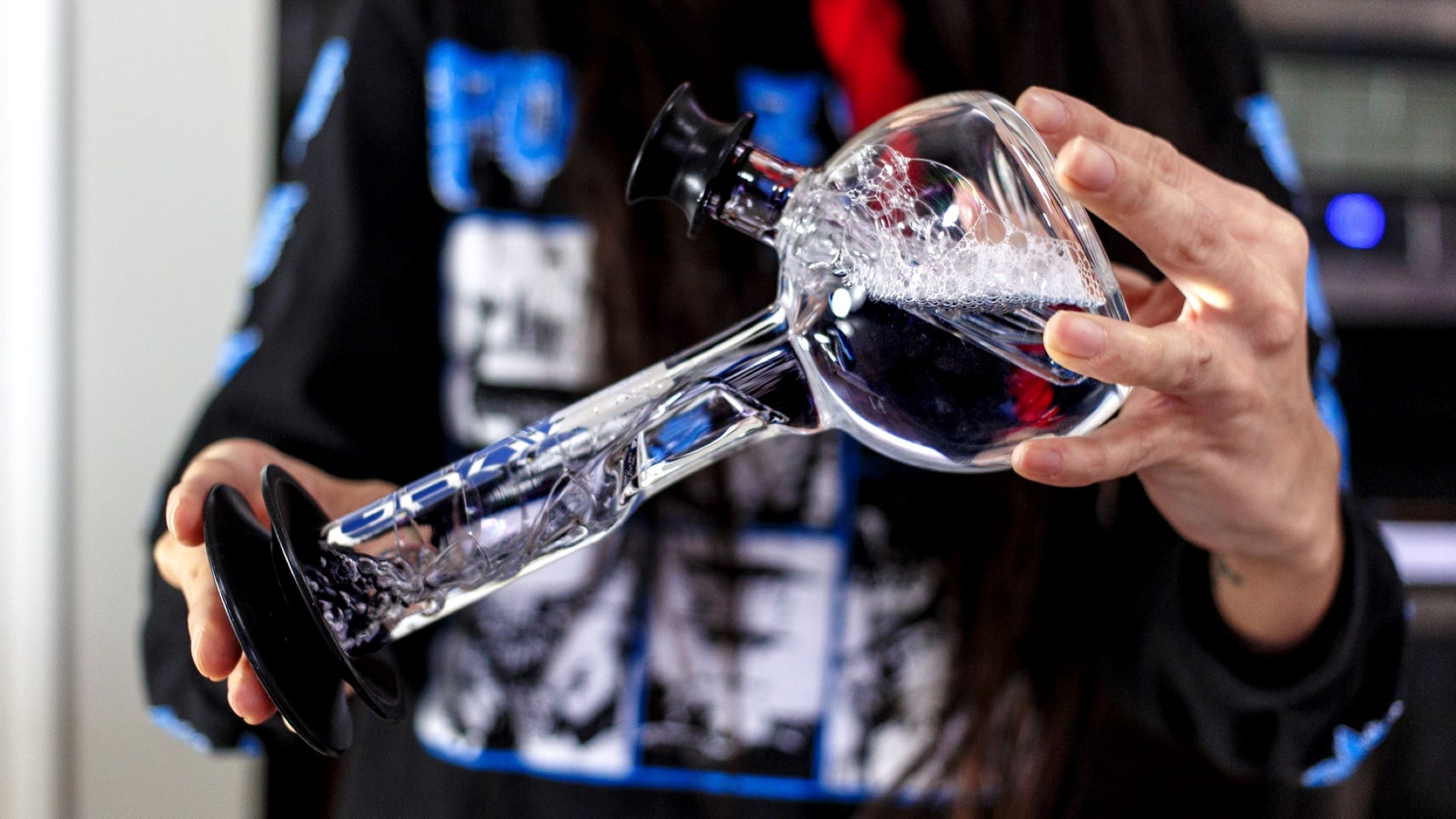
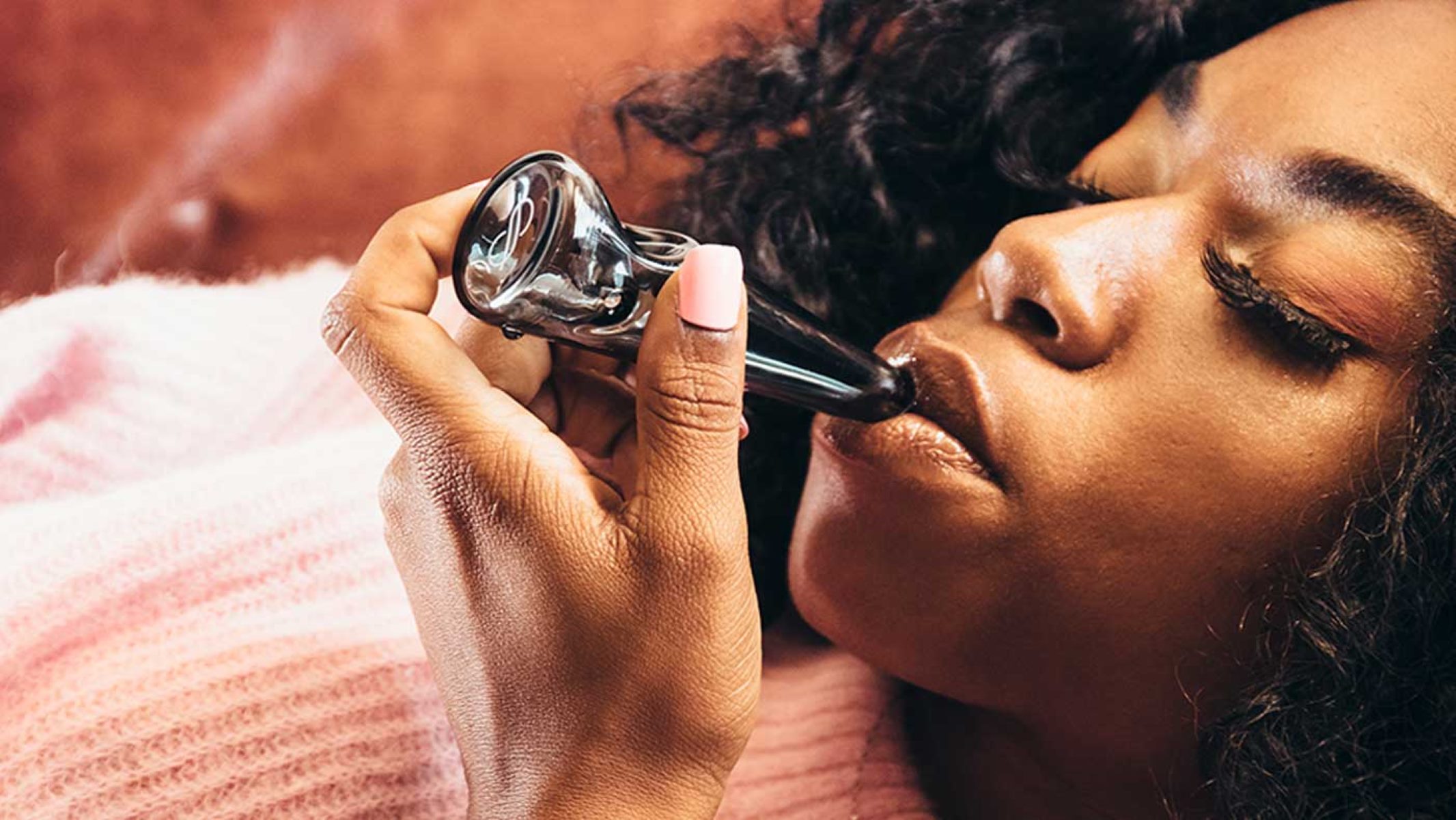
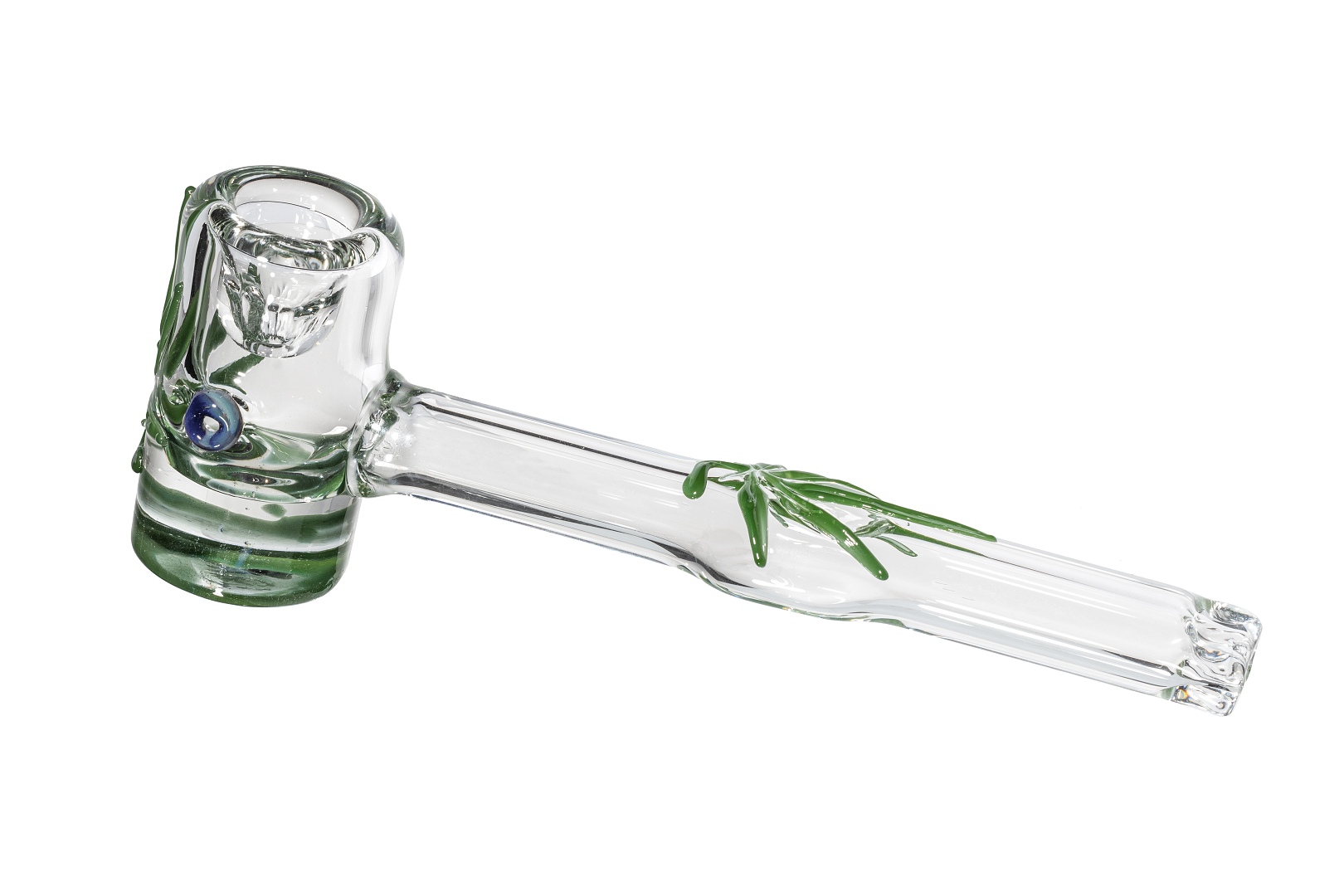
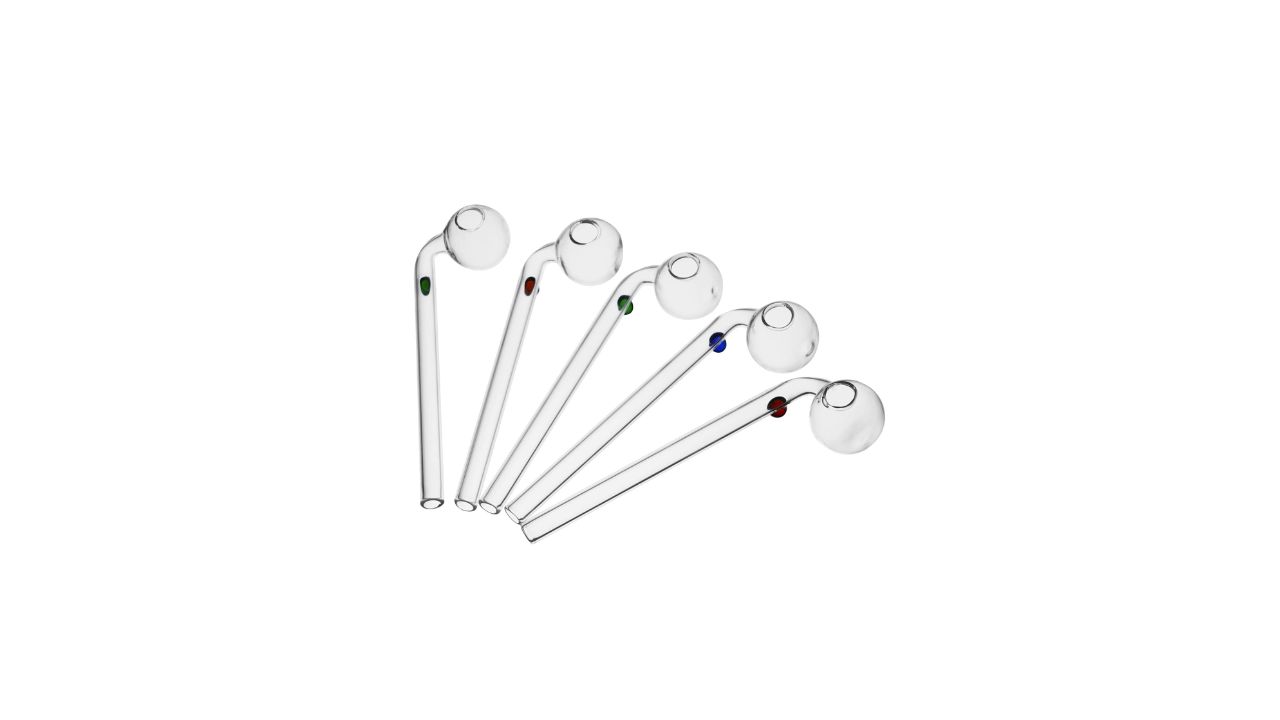
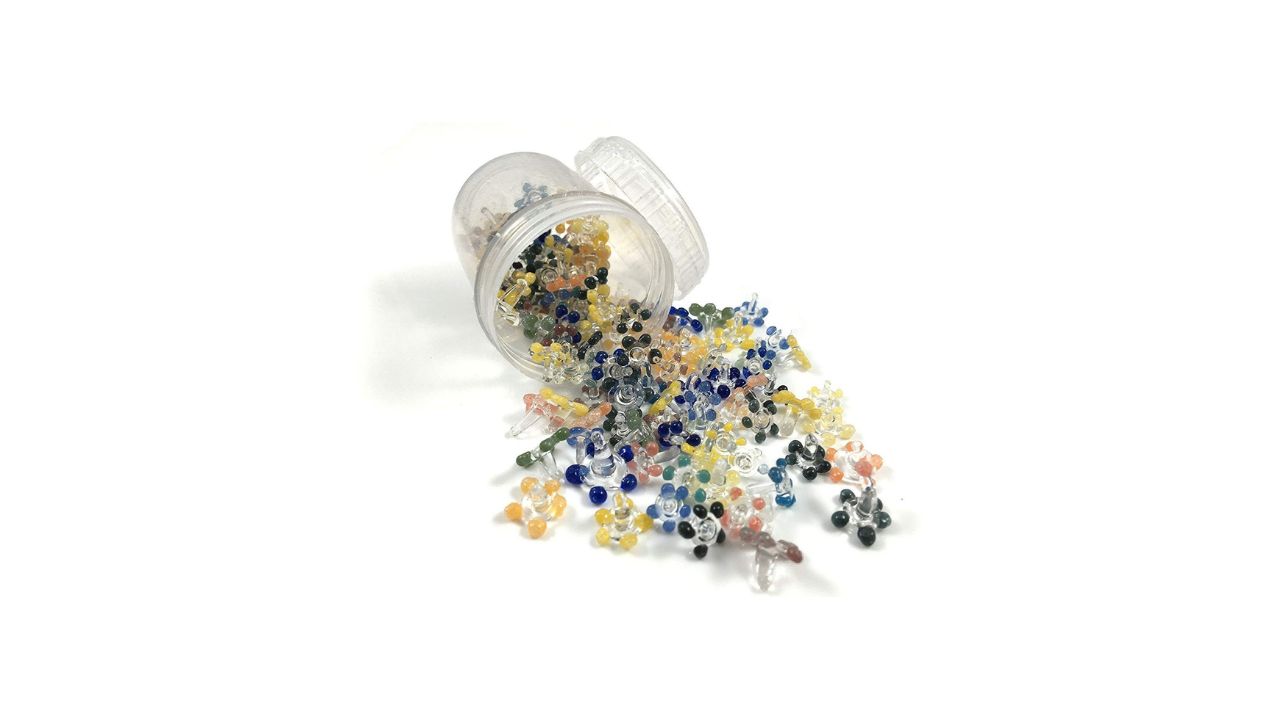
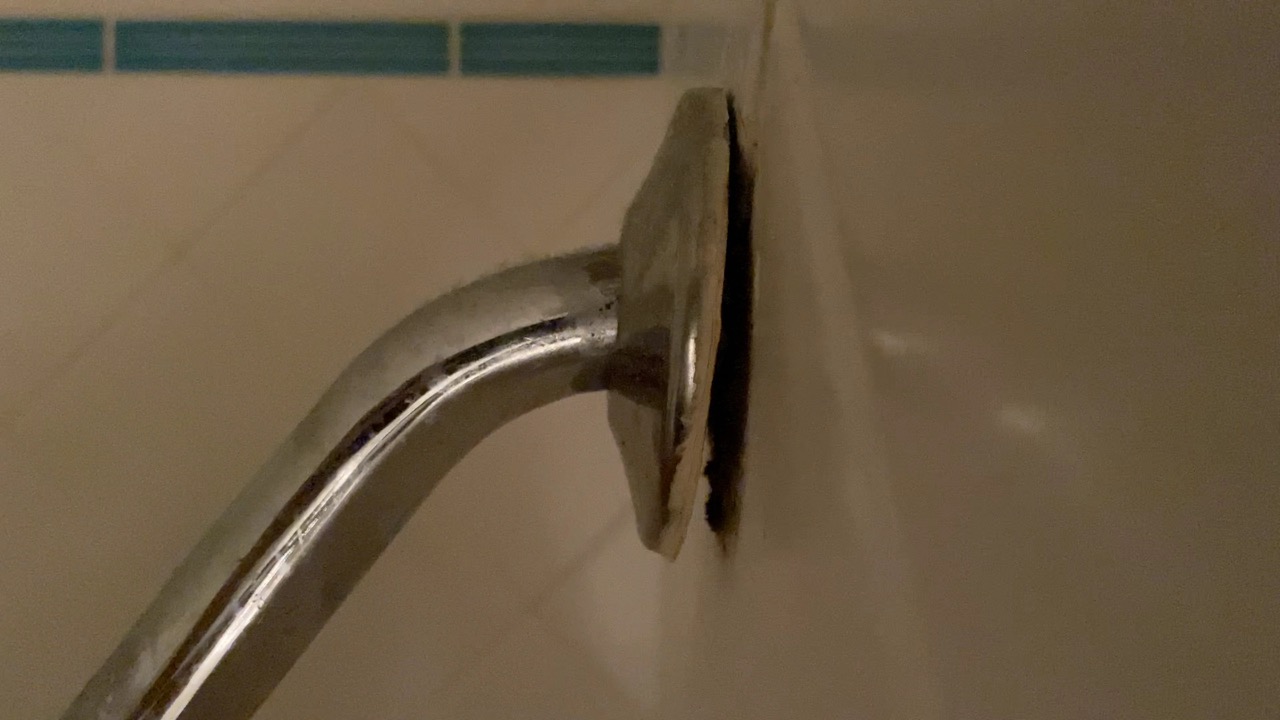
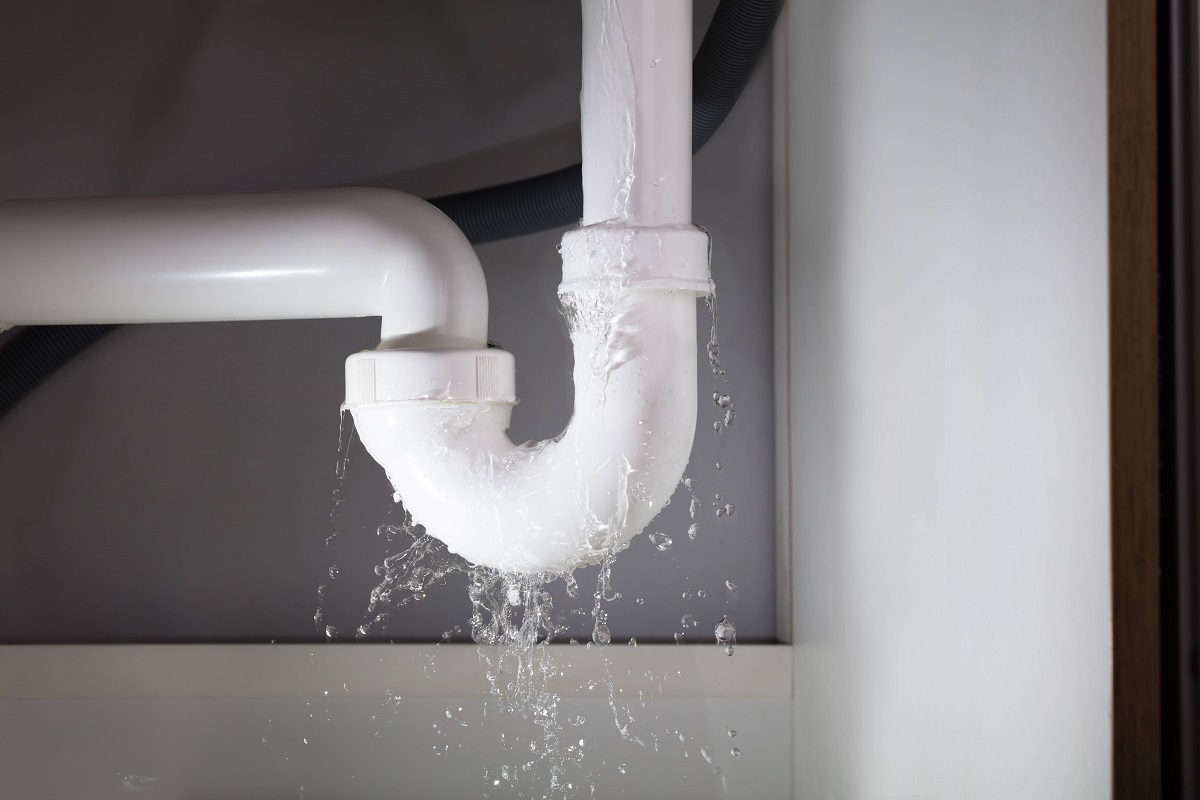
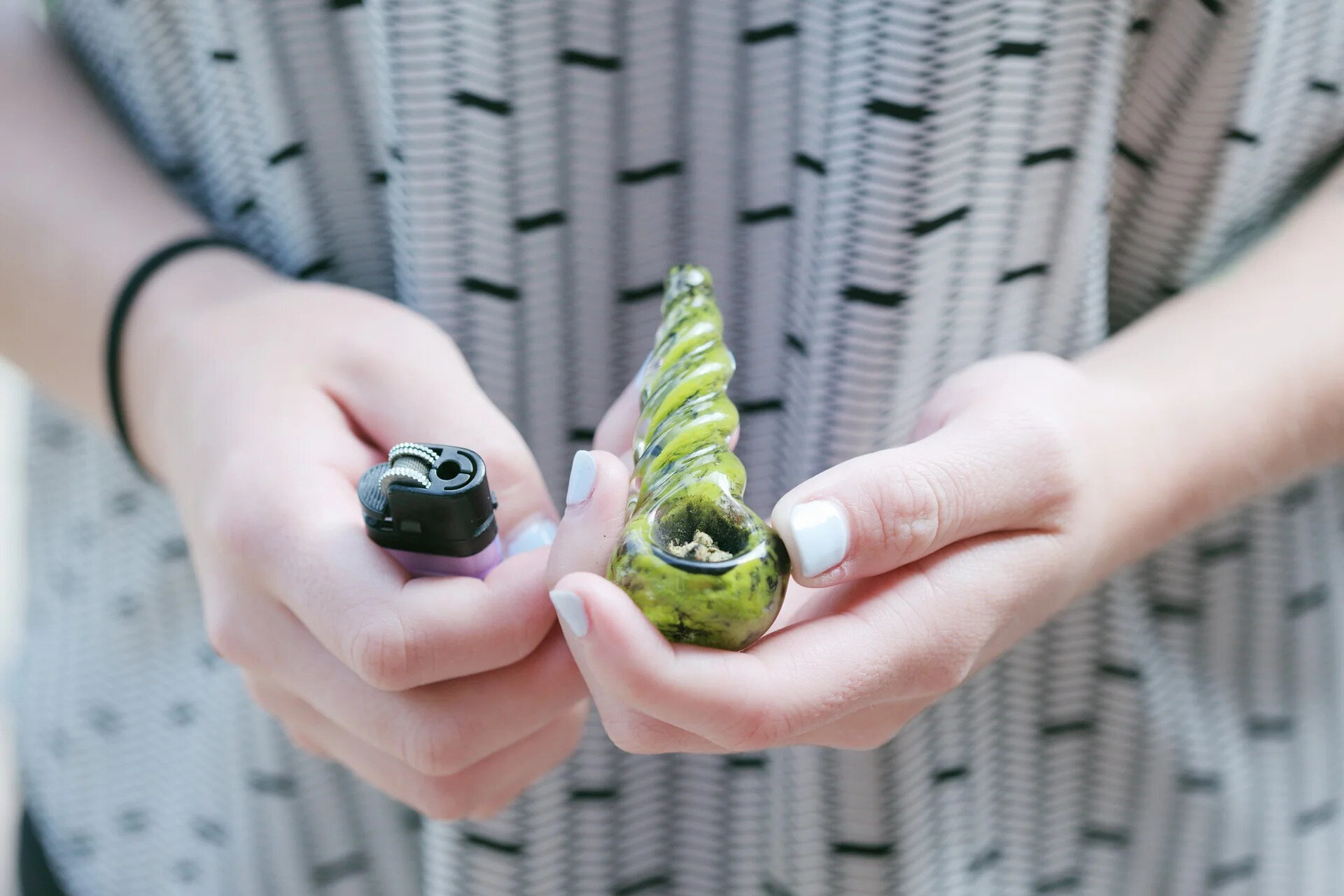
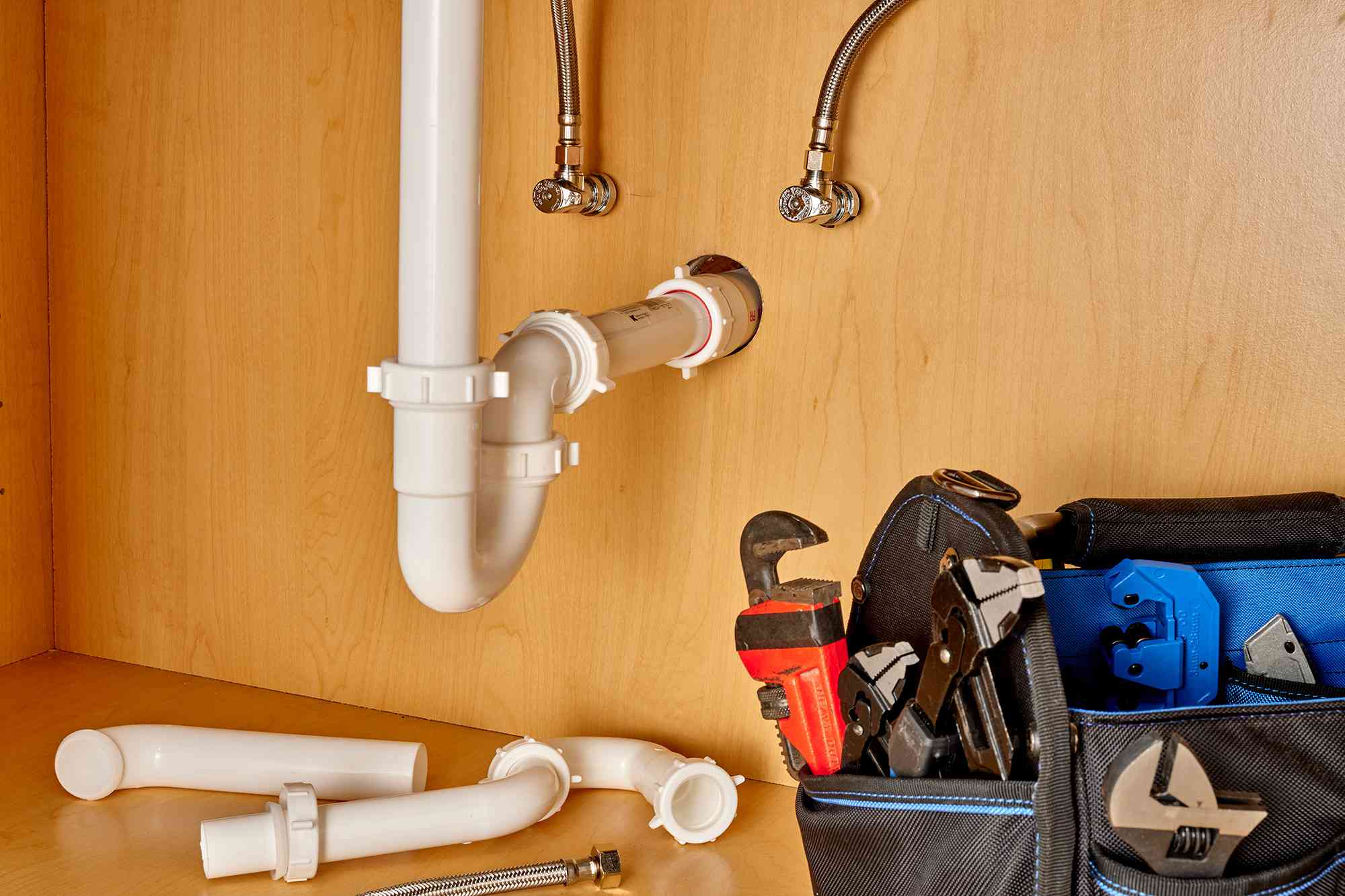
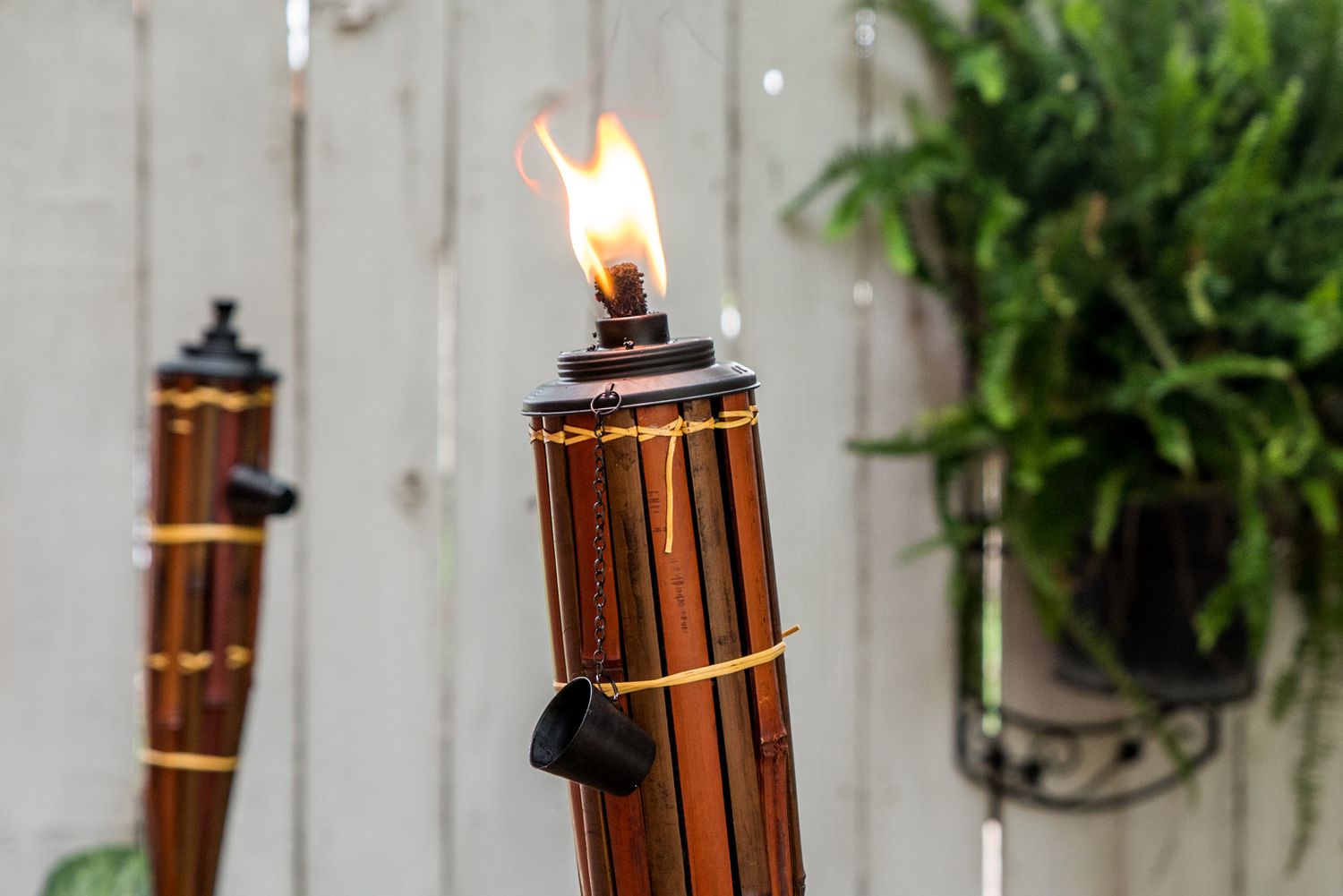
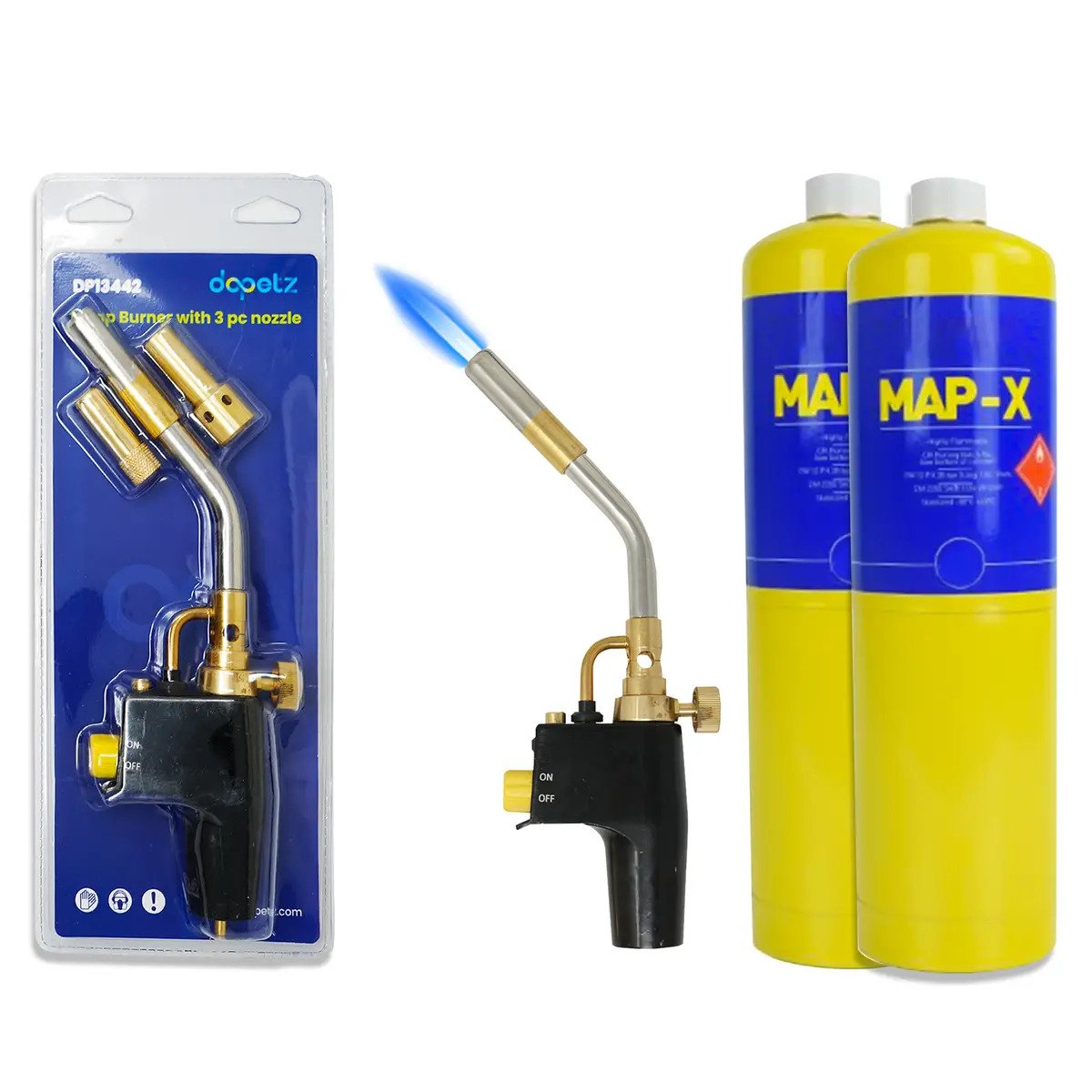
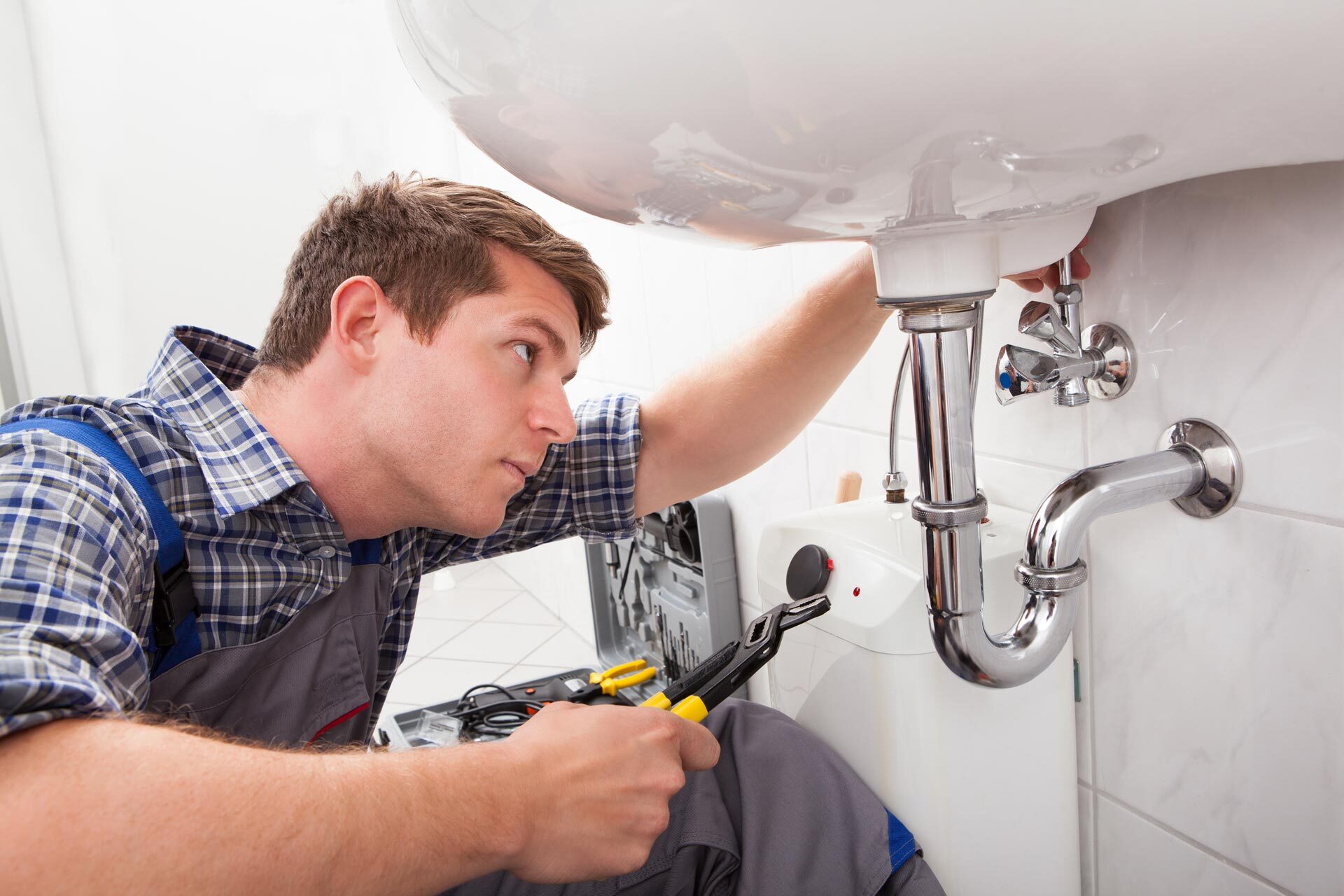
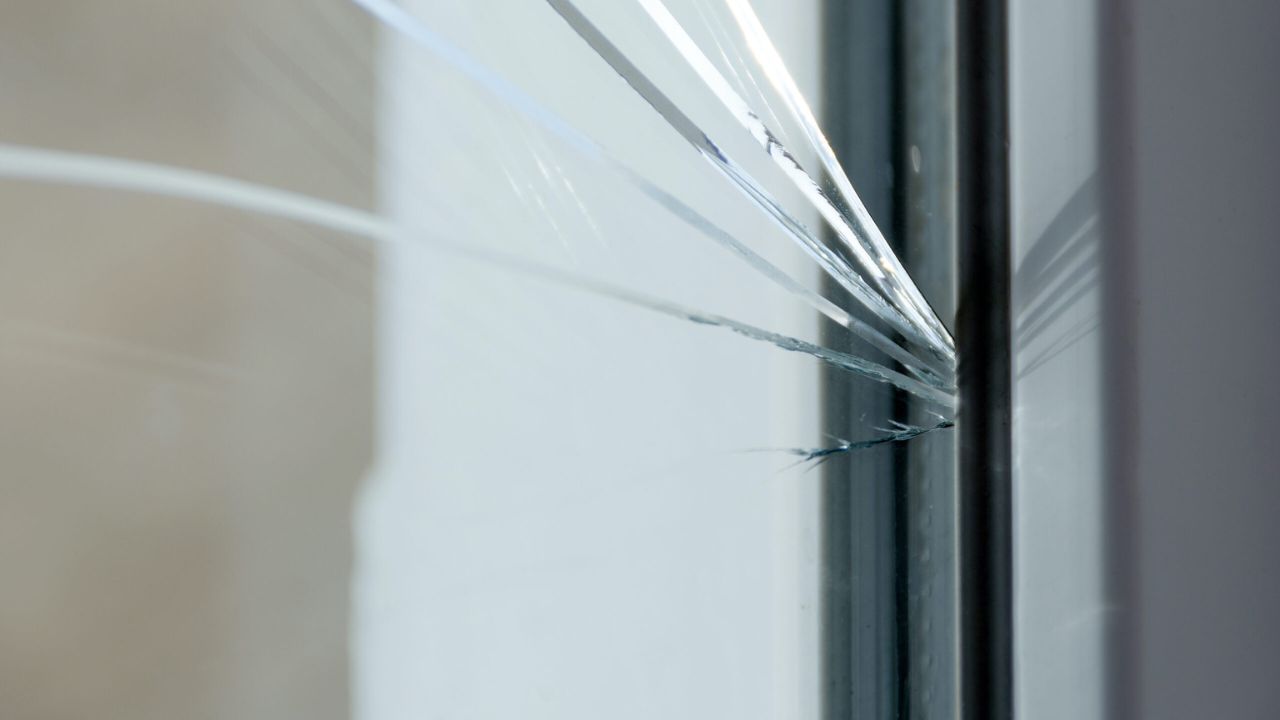
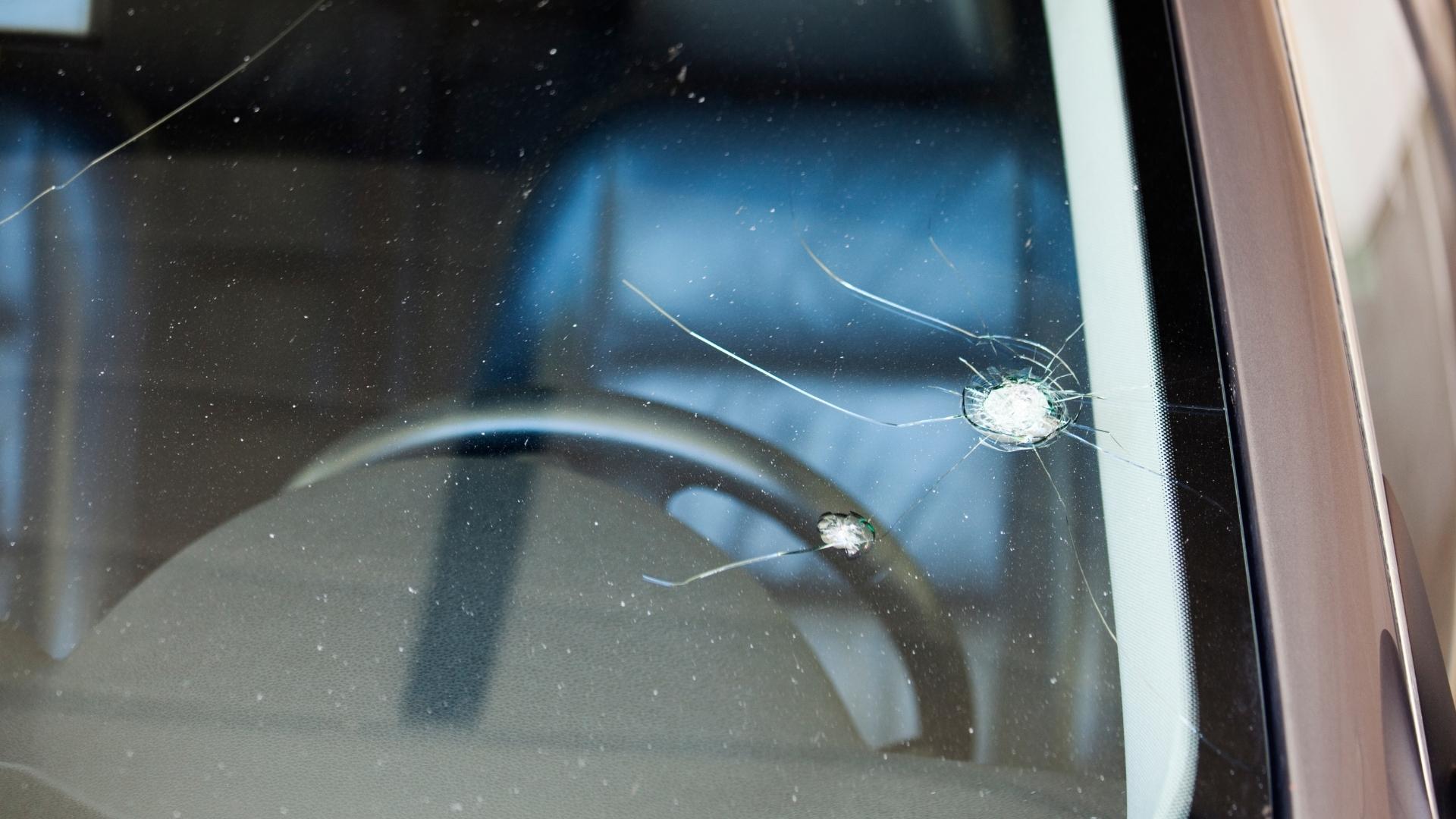

0 thoughts on “How To Fix Glass Pipe With Torch”